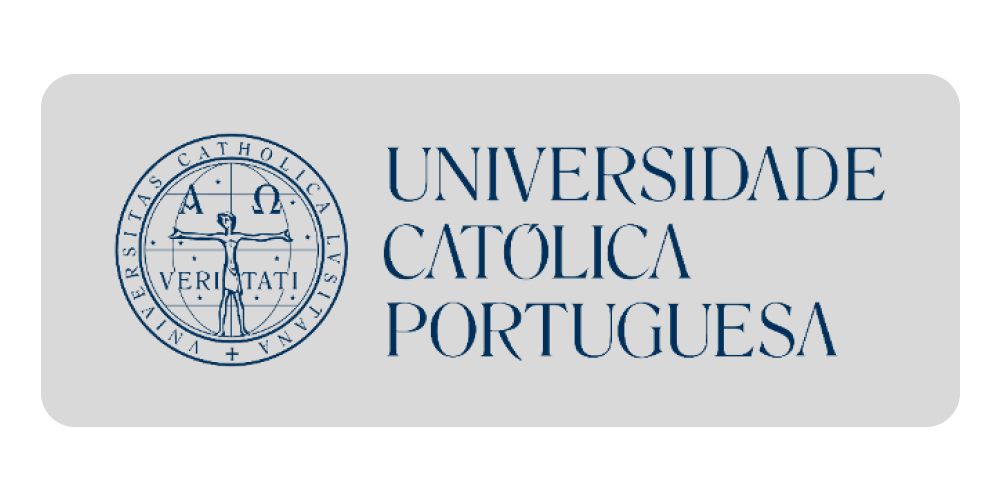'Croatian Academy of Sciences and Arts'
Tributes to the Research on Several Eco-Historical Aspects of the Wider Area Surrounding Garić in the 17th Century
2011
Croatian
U ovom radu predstavljen je međuodnos ljudi i okoliša na primjeru prostora šireg područja oko Garića s težištem na 17. stoljeću. Osim ekohistorijskih aspekata, u radu se prate promjene u organizaciji prostora na sjevernome dijelu Moslavačke gore Varaždinskoga generalata (šire područje oko Garića), koji je tijekom 17. stoljeća bio pogranična regija na imperijalnoj habsburško-osmanskoj granici. Autor je utvrdio kako se Moslavačka gora u 17. stoljeću nazivala najčešće Garjevica (što je danas naziv za šumu koja se prostire oko Garića). Primjerice 1639. naziva se Mons Garabiz, 1657. – Grabaiza Gebürg, 1673. – Garievitza M., a tek na Cantellijevoj karti iz 1690. spominju se dva naziva Gariewitza M. i Claudius M. Valvasor krajem 17. stoljeća ponovno spominje samo naziv Garievitza Mons. Od sredine 16. do prvih desetljeća 17. stoljeća o prostoru istočno od Ivanića (odnosno Sv. Križa) prema rijeci Ilovi možemo govoriti kao o „ničijoj zemlji“. Zanimljivo je da se tijekom 17. stoljeća na prostoru „ničije zemlje“ postupno počinju osnivati nova sela s habsburške strane, a možda i na pograničnom području Osmanskoga Carstva. Kao i u drugim dijelovima Varaždinskoga generalata, i u moslavačkom dijelu može se uočiti trend naseljavanja katoličkog stanovništva neposredno uz granicu s Osmanskim Carstvom.The paper portrays the interrelation between people and the environment on the example of the wider area surrounding Garić and focusing on the 17th century. Apart from the ecohistorical aspects, the paper follows the changes in the organisation of the area in the northern part of Moslavačka gora, in the Varaždin District (wider area surrounding Garić), which, in the 17th century, was the borderline region along the imperial Hapsburg-Ottoman border. The author established that in the 17th century, Moslavačka gora was commonly called Garjevica (the present name of the forest surrounding Garić). For instance, in 1639, it was called Mons Garabiz; in 1657, Grabaiza Gebürg; in 1673, Garievitza M., and it was only in Cantelli’s map of 1690 that two names occurred: Gariewitza M. and Claudius M. At the end of the 17th century, Valvasor again mentioned only the name Garievitza Mons. The localities east of Ivanić (or rather Sv. Križ) in the direction toward Ilova river (in the period between the mid 16th century and the first couple of decades of the 17th century) may be referred to as “no man’s land”. It is an interesting fact that during the 17th century, on “no man’s land”, new villages were gradually formed on the Hapsburg side, and maybe even along the border to the Ottoman Empire. Catholic population in the Moslavina region tended to immigrate directly along the border to the Ottoman Empire, same as in other parts of the Varaždin District
Ogranak Matice hrvatske u Daruvaru
ON PRESENCE OF MUSLIMS IN SISAK VICINITY UNTIL 17th CENTURY
U članku se predstavlja nazočnost muslimana u okolici Siska do 17. stoljeća. U prvom dijelu rada predstavljeni su najosnovniji podatci o osmanskom zauzimanju prostora južno i istočno od rijeke Kupe te formiranju protuosmanske obrane. Obavijesti o bitkama kod Petrinje i Siska nastojane su biti prezentirane iz osmanske perspektive. Problematizira se i postojanje osmanskog sandžaka u okolici Siska, kao i spominjanje sandžaka Kupa, koji se mogao odnositi na sisačko područje. U završnom dijelu članka...
Preuzmite dokument
Croatian
2019
 Hrvoje Petrić
Hrvoje Petrić
'Croatian Academy of Sciences and Arts'
Tributes to the Research on Several Eco-Historical Aspects of the Wider Area Surrounding Garić in the 17th Century
U ovom radu predstavljen je međuodnos ljudi i okoliša na primjeru prostora šireg područja oko Garića s težištem na 17. stoljeću. Osim ekohistorijskih aspekata, u radu se prate promjene u organizaciji prostora na sjevernome dijelu Moslavačke gore Varaždinskoga generalata (šire područje oko Garića), koji je tijekom 17. stoljeća bio pogranična regija na imperijalnoj habsburško-osmanskoj granici. Autor je utvrdio kako se Moslavačka gora u 17. stoljeću nazivala najčešće Garjevica (što je danas naziv...
Preuzmite dokument
Croatian
2011
 Hrvoje Petrić
Hrvoje Petrić
The Historical Society of Križevci
Hills of Kalnik in early 1780s: contributions to environmental history
U ovom članku autor najprije daje prikaz prirodnogeografske osobitosti s pokušajem rekonstrukcije stanja okoliša početkom 1780-ih godina, a nakon toga obrađuje ranonovovjekovne procese antropizacije Kalničkog gorja. Autor na primjeru Kalničkog gorja pokušava dati prilog definiranju modela istraživanja povijesti okoliša peripanonskih gorskih prostora u ranom novom vijeku. U članku autor najprije promatra prirodnogeografske osobitosti s pokušajem rekonstrukcije stanja u ranome novom vijeku, a nakon...
Preuzmite dokument
Croatian
2011
 Hrvoje Petrić
Hrvoje Petrić
Historia Varasdiensis. Journal of Varazdin history
The resettlement of „runaway serf“ in the Varaždin general command. Contribution to the understanding of Early Modern migrations in part of today´s northwestern Croatia [Summary]
Autor je u članku obradio preseljavanje tzv. ‘‘odbjeglih kmetova“ (coloni fugitivi) u Vojnu krajinu (Varaždinski generalat), a vezano s time i dio migracijskih procesa na širem prostoru (Varaždinština, Hrvatsko zagorje, Međimurje, Podravina, Prigorje, Posavina itd.). Doseljenici u Varaždinski generalat su bili raznolikog podrijetla. Među njima je bilo tzv. odbjeglih kmetova koji su zbog teških prilika bježali s vlastelinstva u unutrašnjosti - uglavnom iz Varaždinske, Zagrebačke i Zaladske županije...
Preuzmite dokument
2011
 Hrvoje Petrić
Hrvoje Petrić
Historia Varasdiensis. Journal of Varazdin history
The resettlement of „runaway serf“ in the Varaždin general command. Contribution to the understanding of Early Modern migrations in part of today´s northwestern Croatia [Summary]
Autor je u članku obradio preseljavanje tzv. ‘‘odbjeglih kmetova“ (coloni fugitivi) u Vojnu krajinu (Varaždinski generalat), a vezano s time i dio migracijskih procesa na širem prostoru (Varaždinština, Hrvatsko zagorje, Međimurje, Podravina, Prigorje, Posavina itd.). Doseljenici u Varaždinski generalat su bili raznolikog podrijetla. Među njima je bilo tzv. odbjeglih kmetova koji su zbog teških prilika bježali s vlastelinstva u unutrašnjosti - uglavnom iz Varaždinske, Zagrebačke i Zaladske županije...
Preuzmite dokument
Croatian
2011
 Hrvoje Petrić
Hrvoje Petrić






